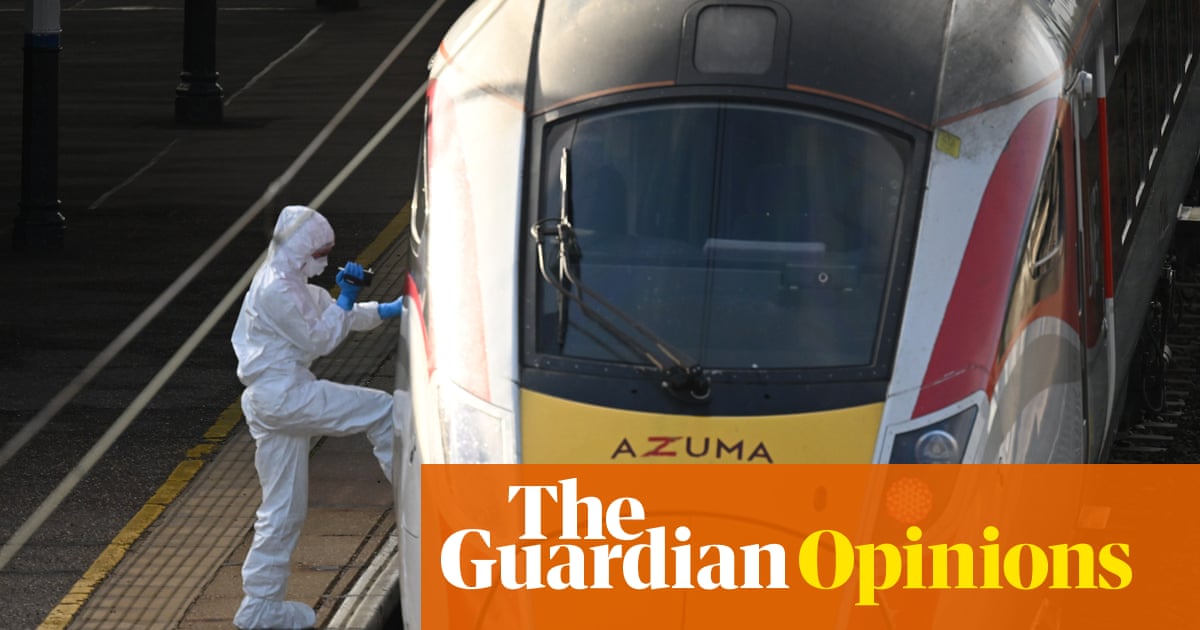
"And just who would I turn out to be when the worst happens? Some of us imagine that we would vault to the rescue, fighting off attackers. Others, perhaps the more realistic among us, anticipate flight, extricating ourselves from the situation as quickly and efficiently as possible. Most of us would like to think that we would stay our urge to run, lingering long enough to offer aid to those in need."
"As humans, we are a social species, which means we also have the tend and befriend drive. You see it all the time in emergencies. In fact, my background in police psychology has shown me that one of the biggest challenges in dealing with any disaster, be it a plane crash, or a threat to a school, is managing all of the people who will inevitably converge at the scene:"
The train attack provoked shock and provoked reflection on likely individual reactions to extreme danger. People imagine responses ranging from charging to flee, and many prefer to believe they would help others. Biological responses include fight, flight, and a tend-and-befriend drive that motivates caregiving and protection. Emergencies frequently trigger people to move toward loved ones and the scene, creating major management challenges for responders. Fear and flight can be rational and adaptive when a weapon is present, yet removing oneself from immediate danger often opens opportunities to assist or protect those who have been harmed.
Read at www.theguardian.com
Unable to calculate read time
Collection
[
|
...
]